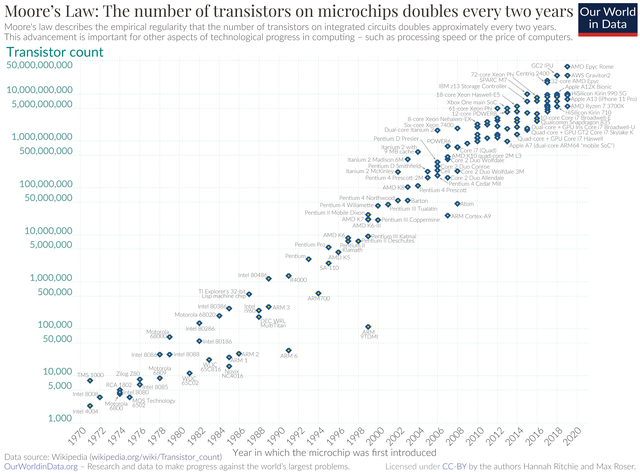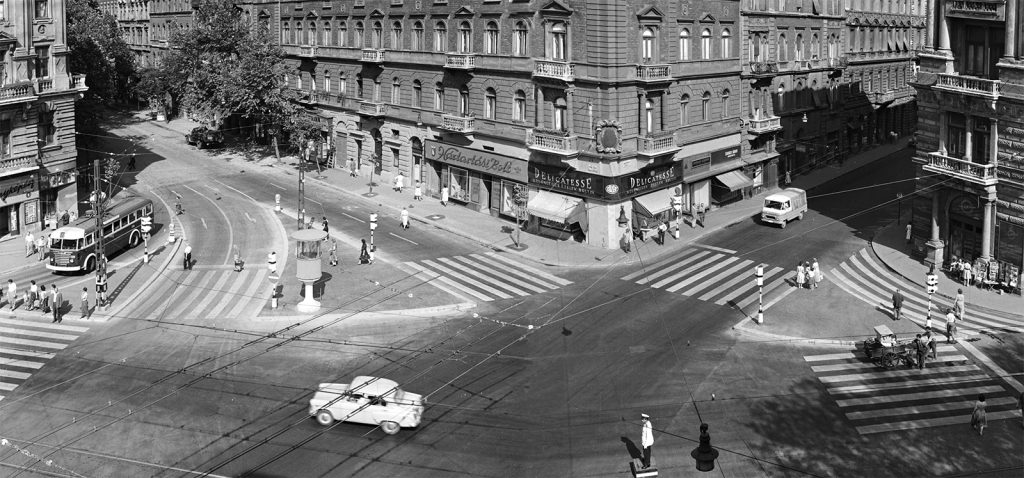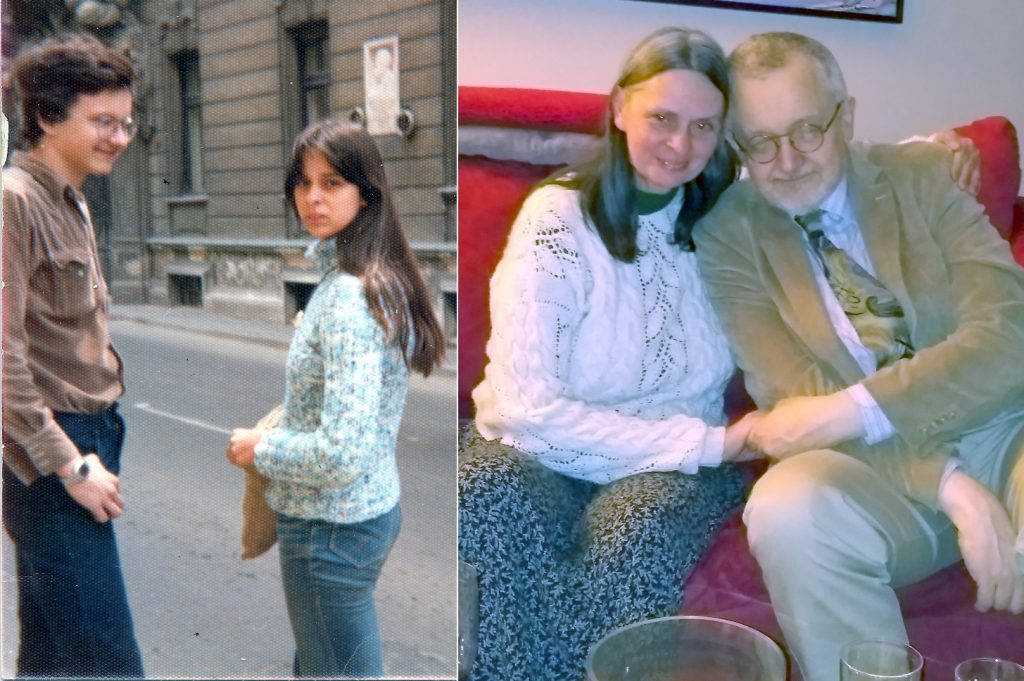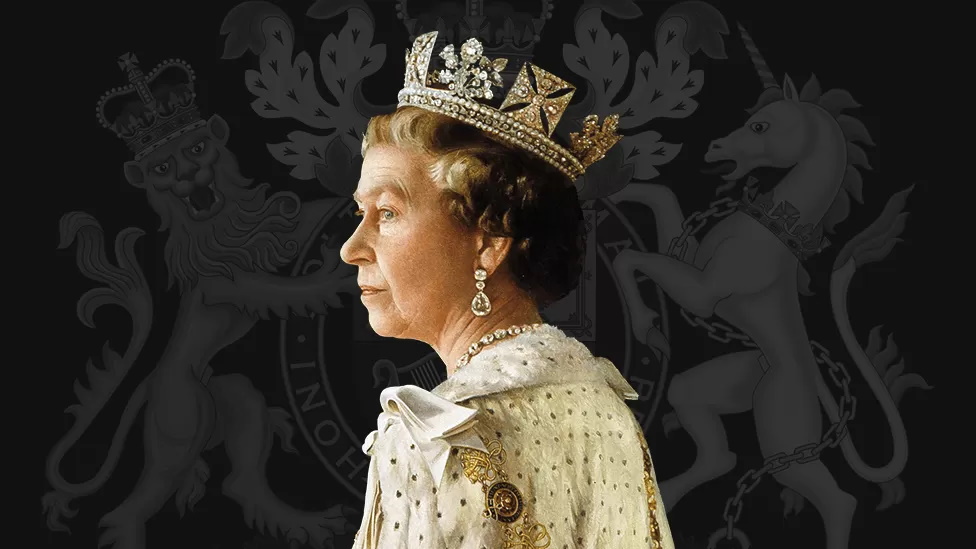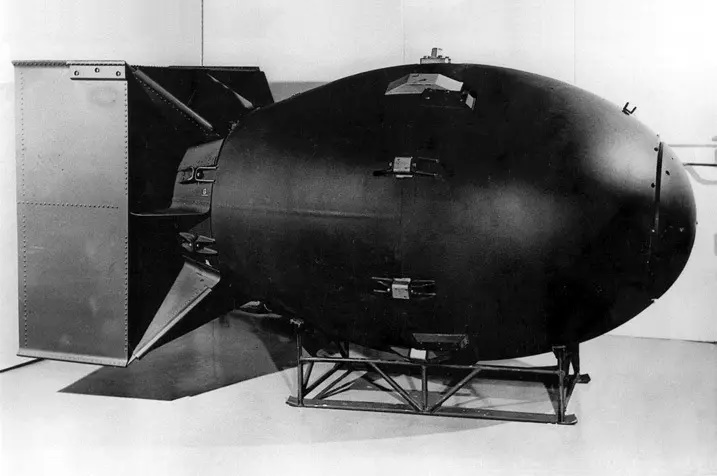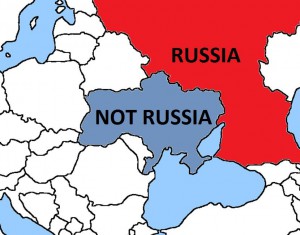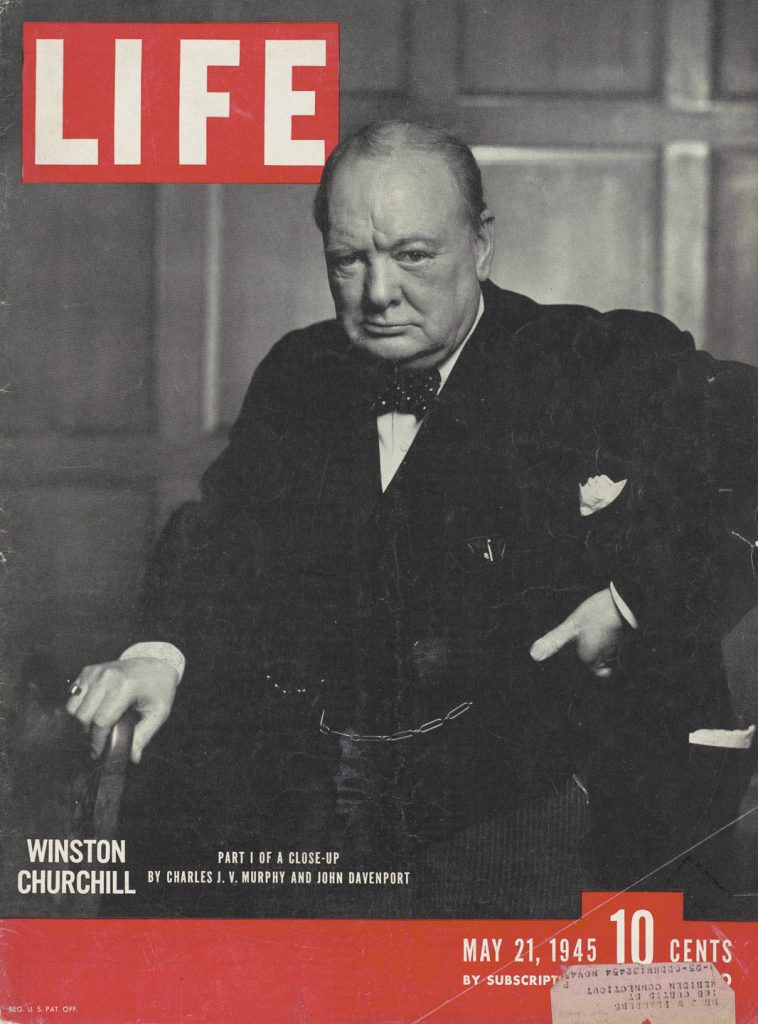I admit that to date, I only viewed the first season of Game of Thrones. One of these days, I’ll watch the rest but there’s so much good television and so little time… I don’t spend much time watching TV, so I am behind even with series that I really like. (Hint: haven’t yet finished the last season of The Sopranos.)
Yet… I get the catch phrase. Winter is coming. And yes, I am filled with a sensation of dread because winter, indeed, is coming. quite possibly the world’s worst winter since… 1914? 1939? 1941? Not sure.
For some reason, I keep thinking about a silly but perhaps relevant analogy: the flight envelope. Move too slow, your airplane falls out of the sky. Move too fast and your airplane is overstressed and disintegrates. The higher your altitude, the smaller the difference between the two, until eventually you run out of options: no matter what you do, you fall out of the sky. That was the tragic fate of AF447 over the Atlantic Ocean 13 years ago.
And I now feel that geopolitics is locked in a very similar pattern. With each and every passing day, our options are becoming more constrained. Take Putin’s nuclear threat, combined with the sham referenda he’s organizing in the occupied Ukrainian territories. He says he’s not bluffing. What if he means it? What are our options if he does deploy a tactical nuke in the battlefield?
There really are no good choices.
If we do nothing, that will only encourage him to go for more. The rest of Ukraine. Moldova. A Kaliningrad corridor. Perhaps the Baltic states since if NATO failed to respond to nukes in Ukraine out of fear of triggering a nuclear world war, he can count on NATO’s restraint in the Baltics, too. Where will he stop? Will he stop?
If we respond tit-for-tat, with a NATO tactical nuke, that risks escalation. The genie is now truly out of the bottle.
The best option I can think of is to use all of NATO’s might to do two things: 1) immediately establish a no-fly zone over all of Ukraine, and 2) use a direct, overwhelming conventional strike to annihilate the unit that launched the nuke.
This still carries the risk of escalation. But at least it would show that the West is not afraid to respond, it just calibrates its response appropriately: to deter, but not to escalate. And of course telegraph this well in advance, to make it clear to Putin that unlike him, the West really isn’t bluffing.
Yet I cannot escape the thought of that flight envelope. When the difference between your minimum speed and your top speed gets reduced to nothing, that means you have no good options left. Whatever you do, you fall out of the sky.
Winter is coming. A winter bringing with it the risk of escalation in Ukraine. A global food crisis as a result of the Ukraine war. An energy crisis (which may be mitigated but cannot be fully averted) in Europe. Growing tensions concerning Taiwan. A democracy crisis throughout the West as right-wing populism prevails and the rule of law suffers.
I am increasingly convinced that October 1962, the Cuban missile crisis, was a pleasant afternoon tea in a kindergarten, surrounded by friendly teddy bears, compared to what we now face, in the fall of 2022.
Back then, the choices were clear and the major players shared a common goal: avoid global confrontation.
Today? The choices are murky and we have leaders who built cults on the shared belief that they are all victims. That they have no choice but to defend themselves. From what, you ask? Well, how about defending yourself from the rule of law when you want to break it. Defending yourself from a country you attacked and tried to destroy or occupy. Defending yourself from a territory that does not want to live under your one-party totalitarian regime. Of course they do not see things this way. And that’s what make things scary.
And that’s why I worry that winter, indeed, is coming, a kind of winter we have not seen in many generations, if ever.
From the opening scenes of the Fallout 3 computer game:
War. War never changes.
Since the dawn of human kind,
when our ancestors first discovered
the killing power of rock and bone,
blood has been spilled in the name
of everything: from God to justice
to simple, psychotic rage.

